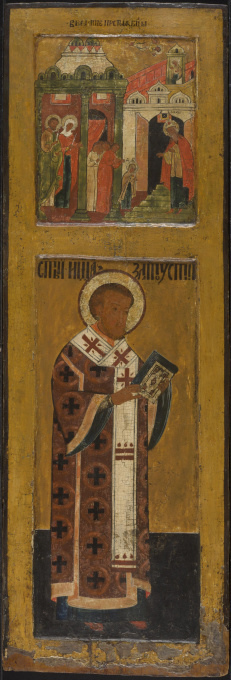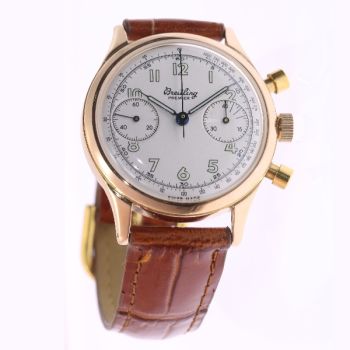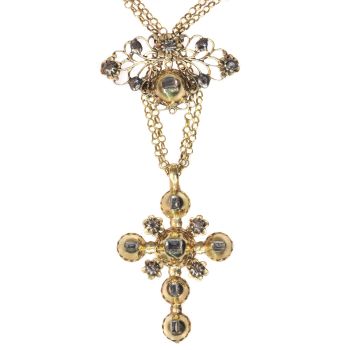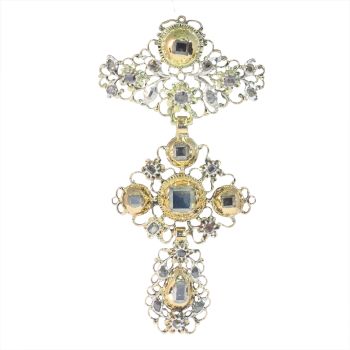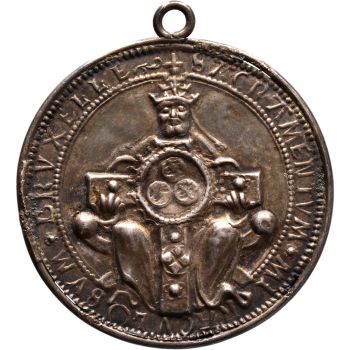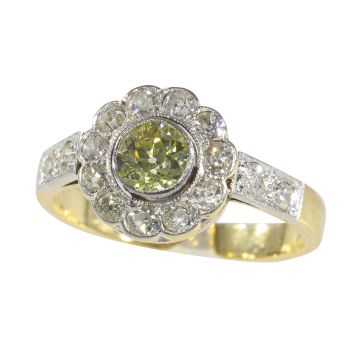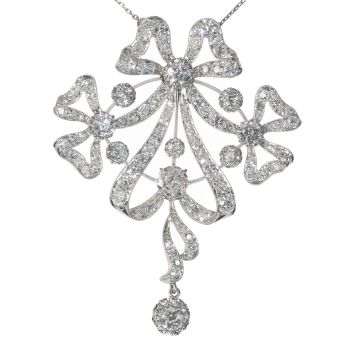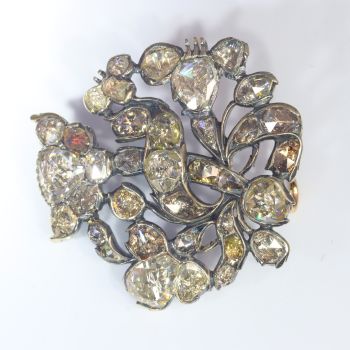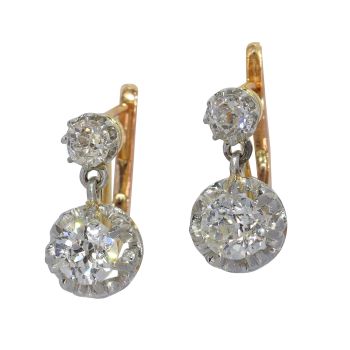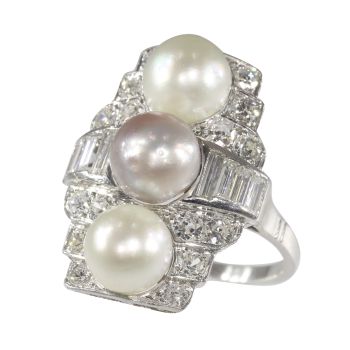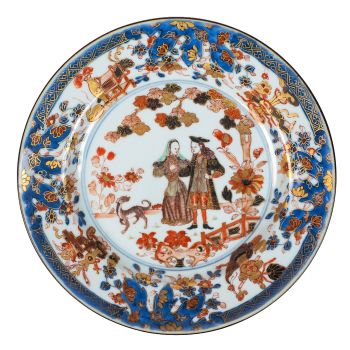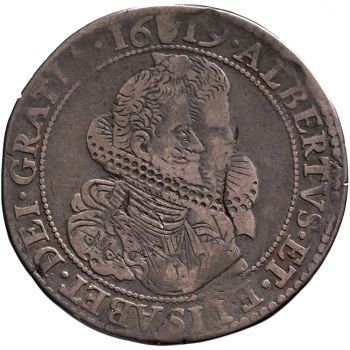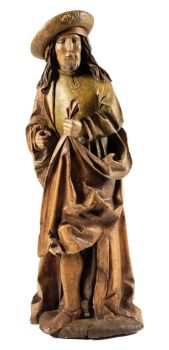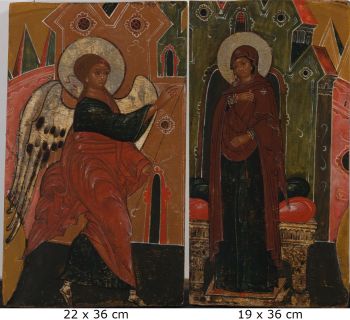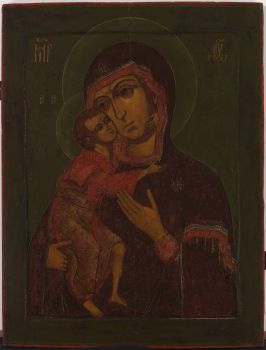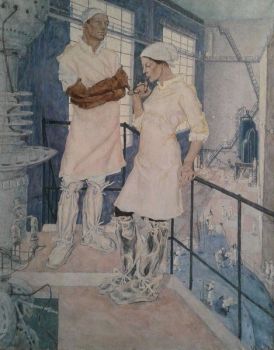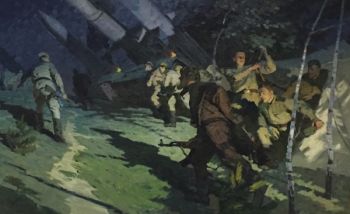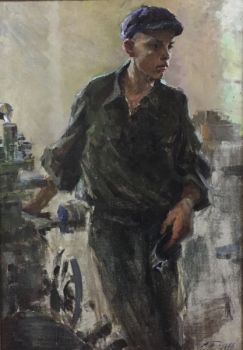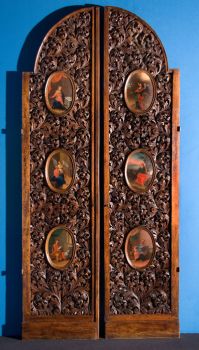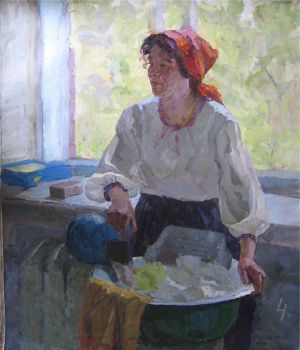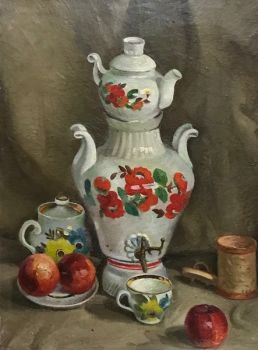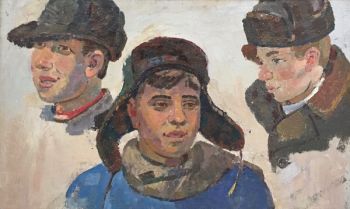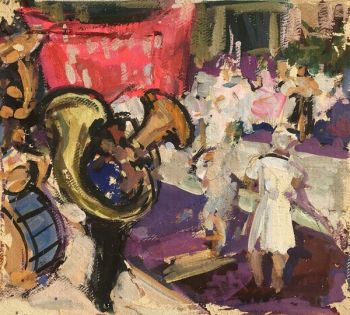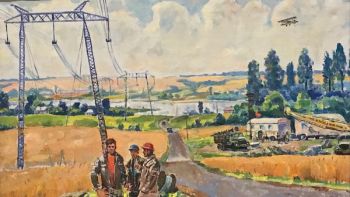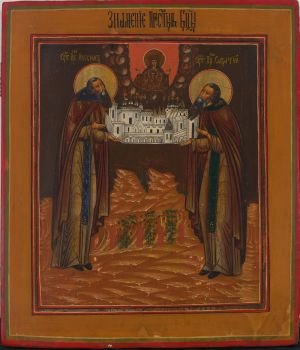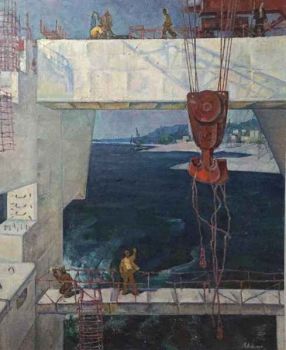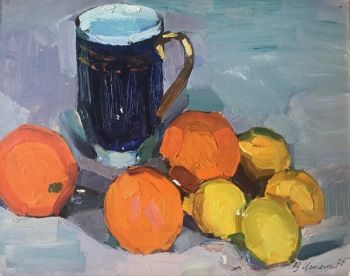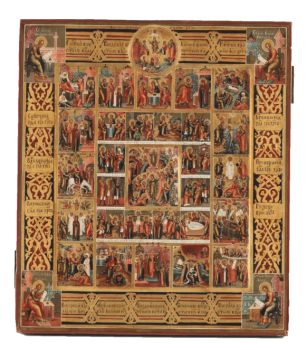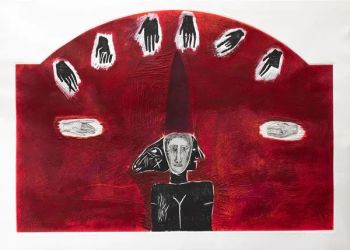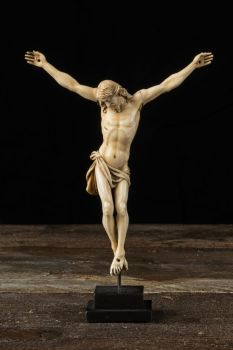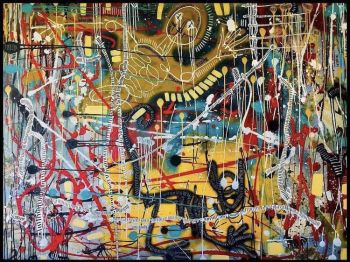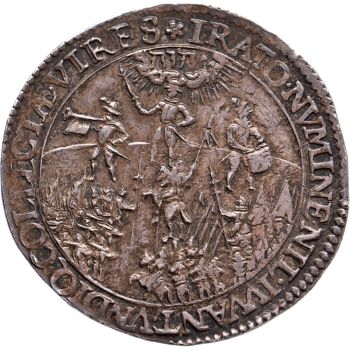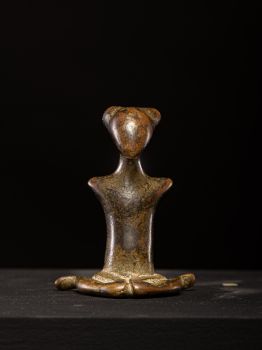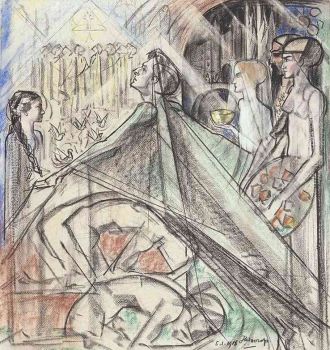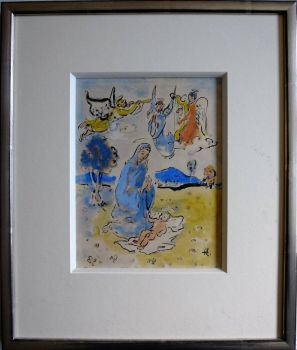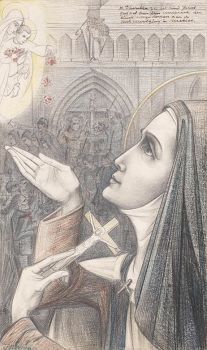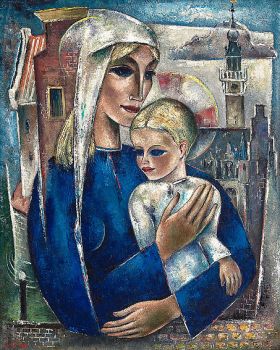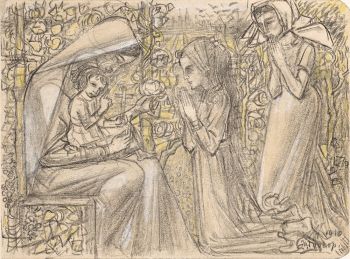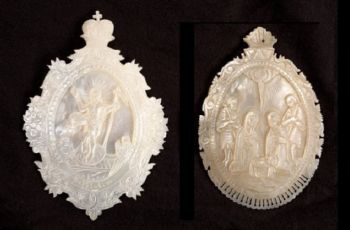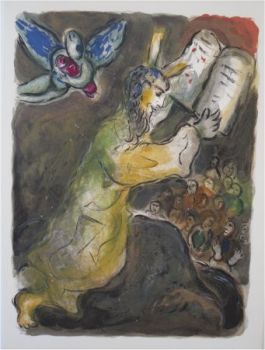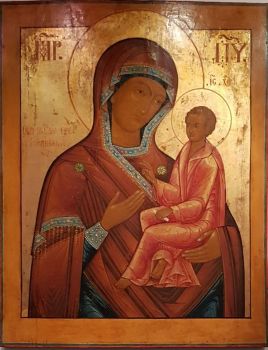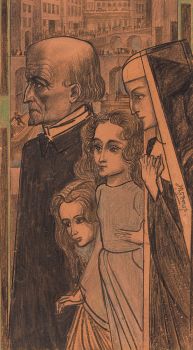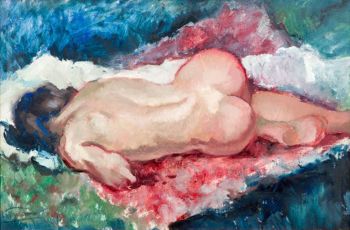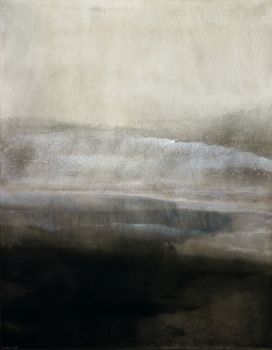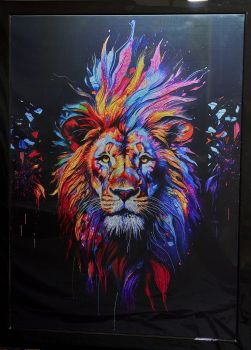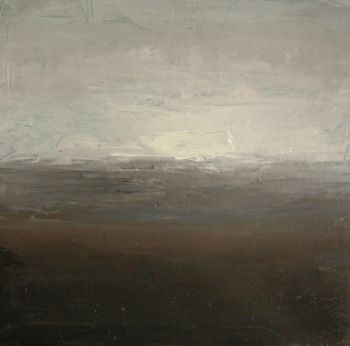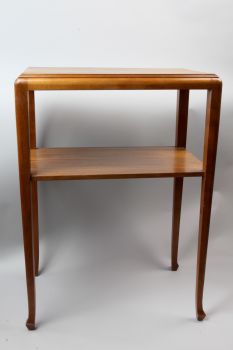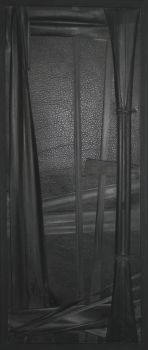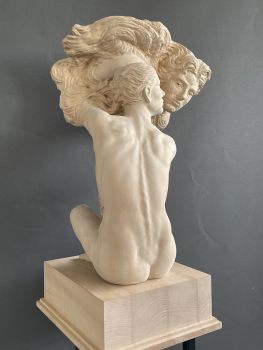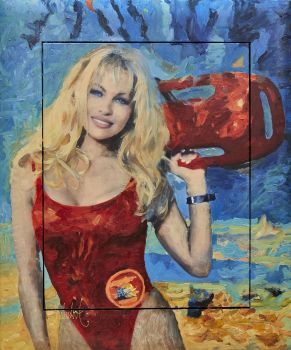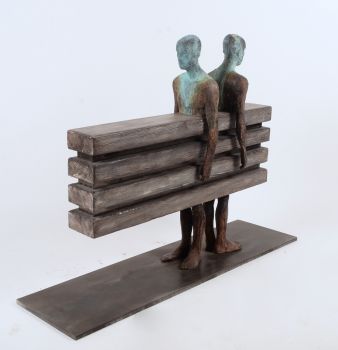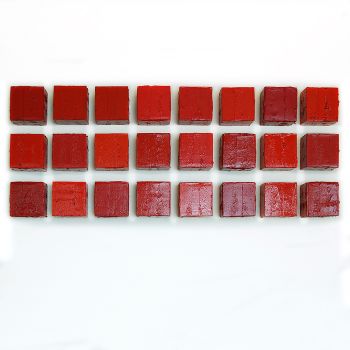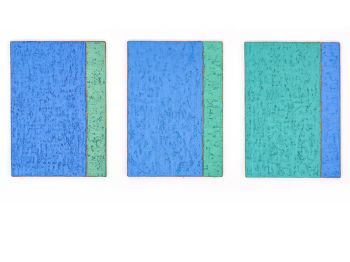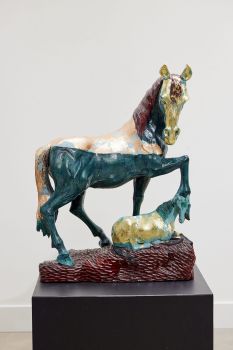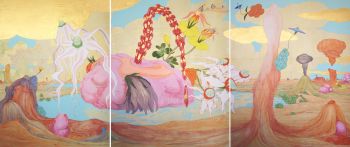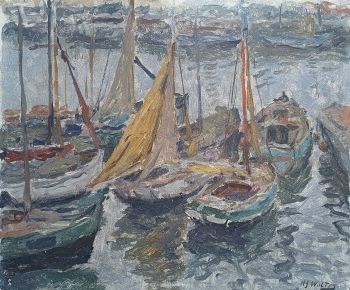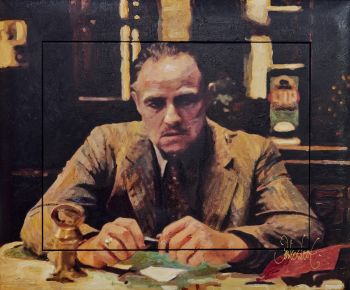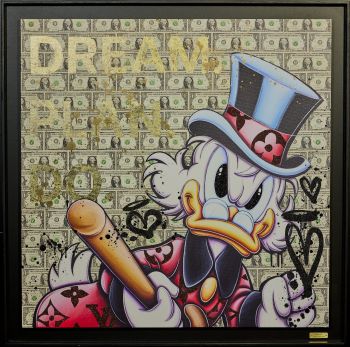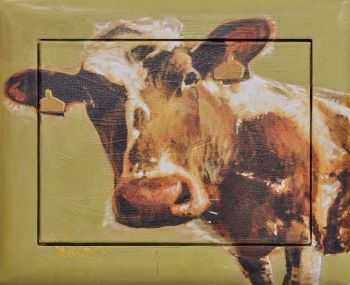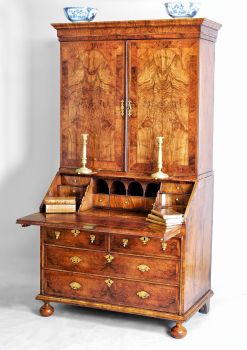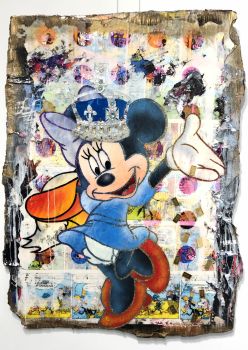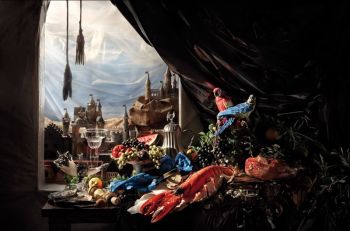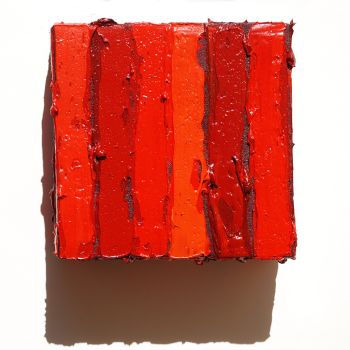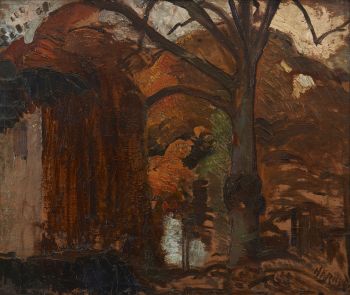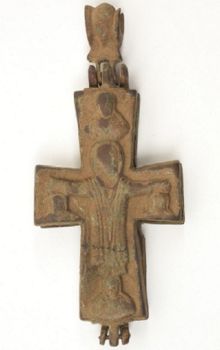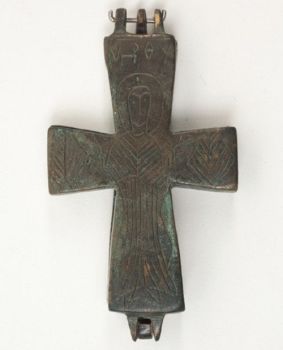La entrada de la Madre de Dios en el templo y San Juan Crisóstimo 17th century
Artista Desconocido
Madera
101 ⨯ 34 cm
ConditionVery good
€ 14.500
Kunsthandel H.W.C. Dullaert Icons
- Sobre la obra de arte024 Icon depicting the Entry of Mother of God in the Temple and St. John Chrysostymos
This icon depicting in the upper register the Entry of the Mother of God in the Temple
and in the lower register Saint John Chrysostymos has been painted for an iconostasis of a church.
In general the feasts and the church fathers are painted on separate panels.
This icon combines one of the major feasts of the Orthodox Church
with the image of one of the Holy Hierarchs, Saint John Crysostymos (with the golden mouth).
17th century, 34 x 101 cm. - Sobre el artista
Puede suceder que un artista o creador sea desconocido.
Algunas obras no deben determinarse por quién está hecho o por (un grupo de) artesanos. Algunos ejemplos son estatuas de la Antigüedad, muebles, espejos o firmas que no son claras o legibles, pero también algunas obras no están firmadas en absoluto.
También puedes encontrar la siguiente descripción:
•"Atribuido a …." En su opinión, probablemente una obra del artista, al menos en parte.
•“Estudio de….” o “Taller de” En su opinión, una obra ejecutada en el estudio o taller del artista, posiblemente bajo su supervisión
•“Círculo de…” En su opinión, una obra del período del artista que muestra su influencia, estrechamente asociado con el artista pero no necesariamente su alumno.
•"Estilo de …." o “Seguidor de…”. En su opinión, una obra ejecutada al estilo del artista pero no necesariamente por un alumno; puede ser contemporáneo o casi contemporáneo
•"Manera de …." En su opinión una obra al estilo del artista pero de fecha posterior
•"Después …." En su opinión, una copia (de cualquier fecha) de una obra del artista
•“Firmado…”, “Fechado…” o “Inscrito” En su opinión, la obra ha sido firmada/fechada/inscrita por el artista. La adición de un signo de interrogación indica un elemento de duda.
•“Con firma…”, “Con fecha…”, “Con inscripción…” o “Lleva firma/fecha/inscripción” en su opinión la firma/fecha/inscripción ha sido añadida por alguien que no es el artista
¿Está interesado en comprar esta obra de arte?
Artwork details
Related artworks
- 1 - 4 / 12
Artista Desconocido
Icono ruso que representa una Deesis extendida1600 - 1650
Precio a consultarKunsthandel H.W.C. Dullaert Icons
Artista Desconocido
Icono ruso que representa una Deesis extendida1600 - 1650
Precio a consultarKunsthandel H.W.C. Dullaert Icons
1 - 4 / 24Artista Desconocido
UITGEBREIDE FEESTDAGENIKOON MET PASSIECYCLUS19th century
Precio a consultarHeutink Ikonen
Artista Desconocido
Icono de madera monumental: San Nicolás de Mozaisk1600 - 1650
Precio a consultarKunsthandel H.W.C. Dullaert Icons
Artista Desconocido
Icono de madera ruso antiguo: Arcángel Gabrielearly 17th
Precio a consultarKunsthandel H.W.C. Dullaert Icons
Artista Desconocido
Icono ruso que representa una Deesis extendida1600 - 1650
Precio a consultarKunsthandel H.W.C. Dullaert Icons
Artista Desconocido
Icono ruso que representa una Deesis extendida1600 - 1650
Precio a consultarKunsthandel H.W.C. Dullaert Icons
1 - 4 / 24Artista Desconocido
UITGEBREIDE FEESTDAGENIKOON MET PASSIECYCLUS19th century
Precio a consultarHeutink Ikonen
 curada por
curada porGallerease Magazine
Artista Desconocido
Icono ruso que representa una Deesis extendida1600 - 1650
Precio a consultarKunsthandel H.W.C. Dullaert Icons
Artista Desconocido
Icono de madera monumental: San Nicolás de Mozaisk1600 - 1650
Precio a consultarKunsthandel H.W.C. Dullaert Icons
Marc Chagall
These are the the wordes which the Lorde hath commanded that ye should do them1952 - 1980
Precio a consultarArthouse Marc Chagall
Artista Desconocido
Icono de madera ruso antiguo: Arcángel Gabrielearly 17th
Precio a consultarKunsthandel H.W.C. Dullaert Icons
1 - 4 / 24- 1 - 4 / 24
Artista Desconocido
Icono de madera ruso antiguo: Arcángel Gabrielearly 17th
Precio a consultarKunsthandel H.W.C. Dullaert Icons
1 - 4 / 12

